“There’ll be another one tomorrow night!”
Another patron shouted this to me as I photographed an Albuquerque evening cloudscape outside local restaurant favorite The Range Cafe. The guy was probably referring to that evening’s non-existent sunset.
I shouted back, “But not like this!”
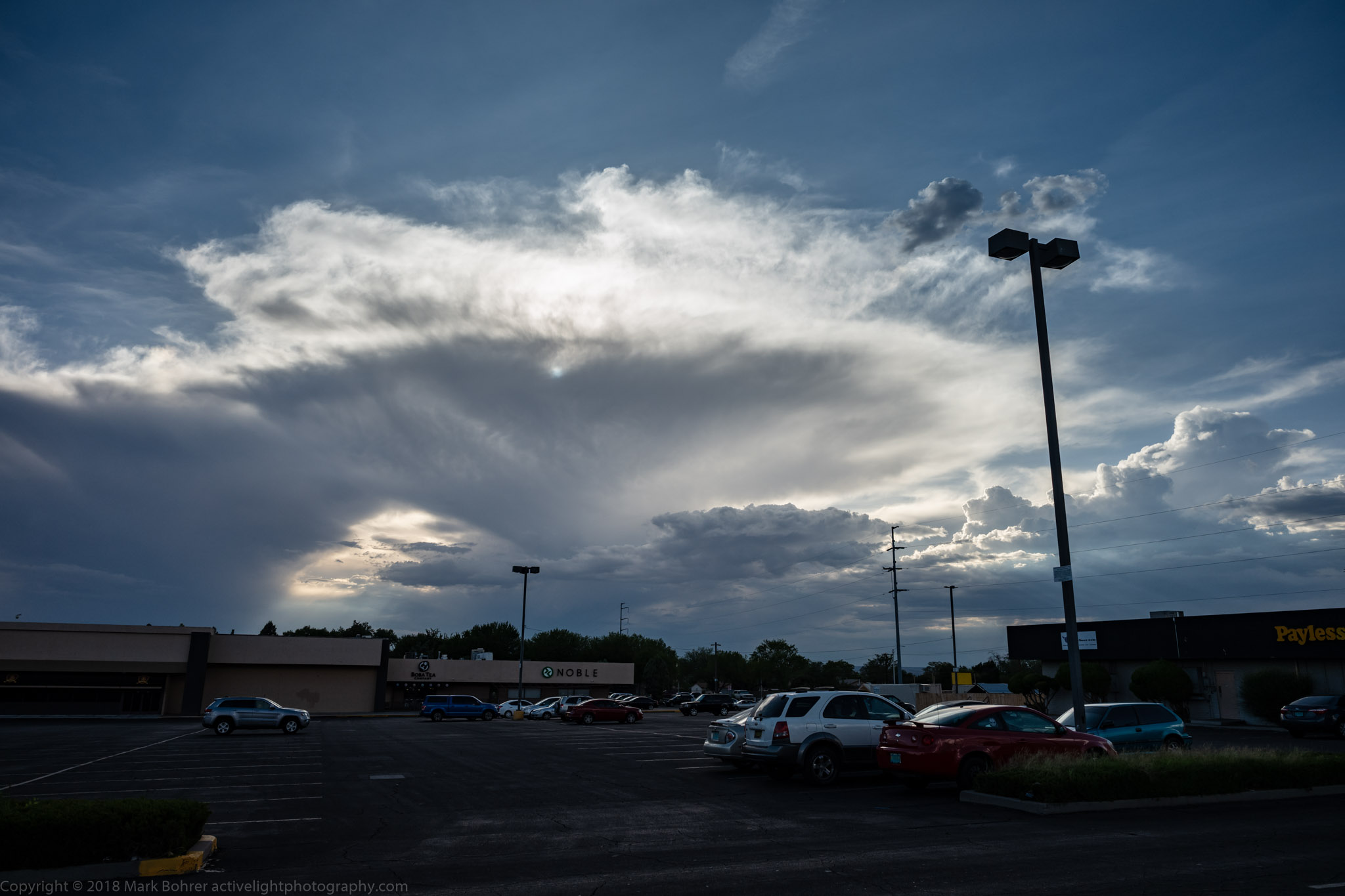
Approaching storm outside the Range Cafe, Albuquerque
Every One’s A (Possible) Winner
No two evenings are ever alike. Light and weather are always a little bit (and sometimes a lot) different. While most people live for sunny days and blue skies, I look for clouds and storms. Sunny conditions are boring. The light is harsh, shadows are inky black, and highlights are blown sky-high. You can’t photograph anything without going really close and isolating your subject. Even then, contrast (and highlights) can be off the charts. That’s what you get in coastal California from May through October.
**ADVERTISEMENT**
Want to explore Southwestern ruins, slot canyons and petroglyphs, without worries about finding the best spots? Check out a guided photo tour with me!

Hidden Mesa Prieta Tour
*******************
So what can you do to get cloudy summer skies? For some of you some of the time, you’ll need to go to a location with stormy weather. Boring blue sky time will be summer for coastal California, and parts of the US Southwest in June.
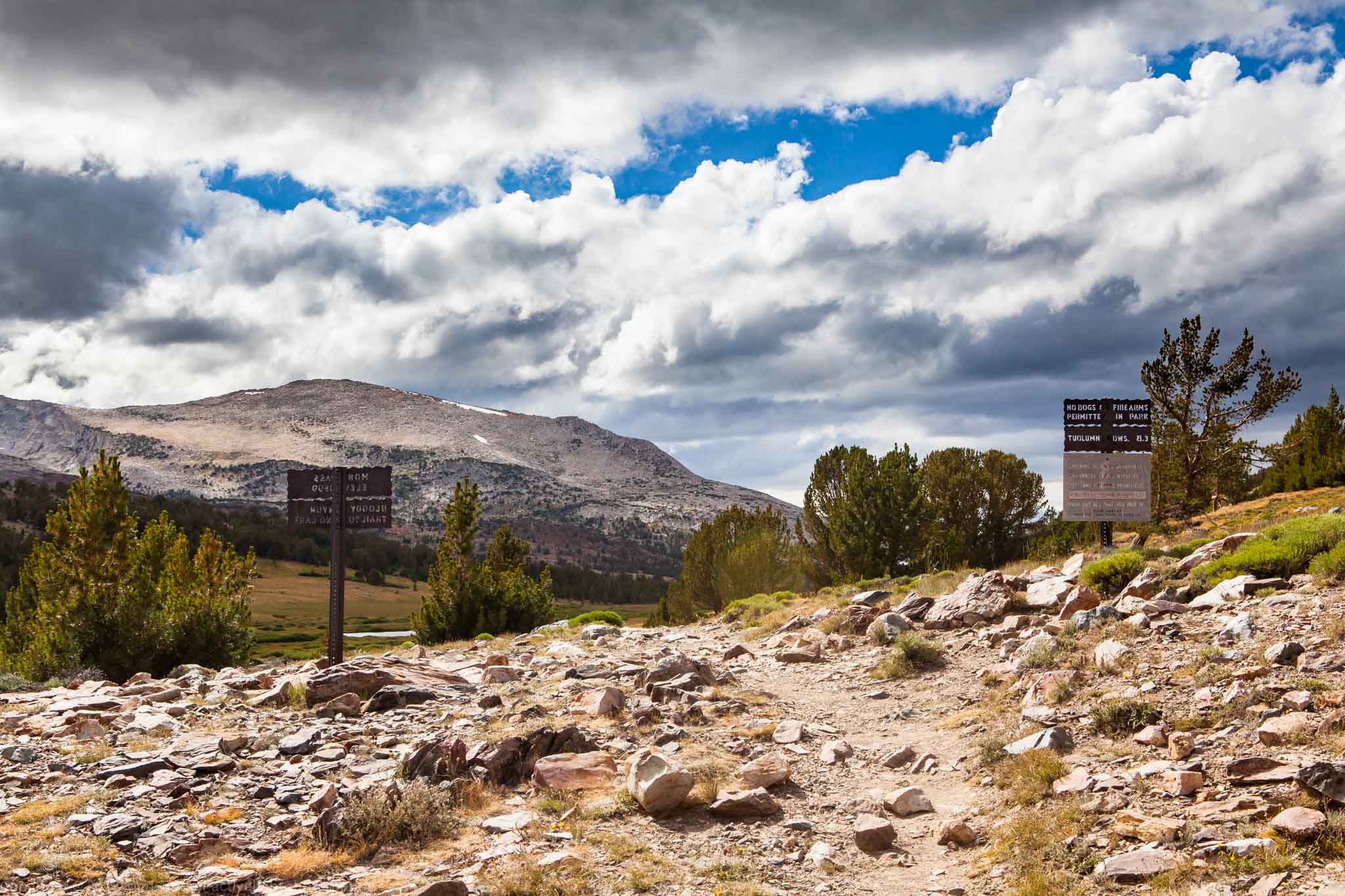
August storm in the Eastern Sierras – Mono Pass, Yosemite National Park
No Weather? Head for the Hills
One way around this in the western US is to head for the mountains. In California’s eastern Sierra Nevada range and the Rockies, summer afternoon thunderstorms are reasonably common. The summer monsoon storm pattern in New Mexico and Arizona begins in July and runs through September. On any given July or August day in Albuquerque, I can usually expect late afternoon or evening precipitation.
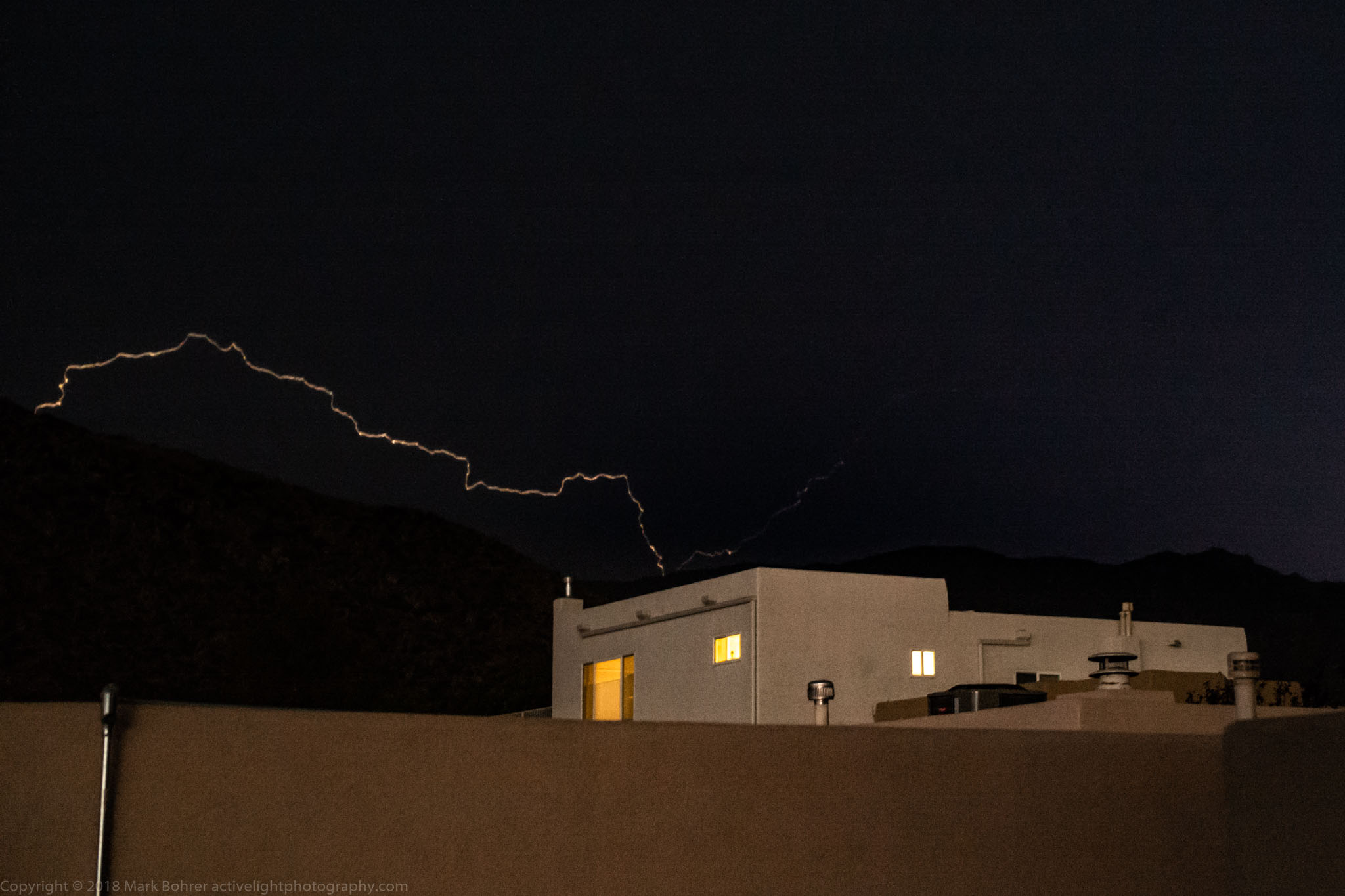
Eyeball-detected lightning strike – Kachina Hills, Albuquerque, New Mexico
Lightning Capture
Sometimes I can also capture lightning from these storms. This may occur as unseen strikes backlighting clouds, or as actual strikes you can see. Unless you’re really lucky using an open shutter, visible lightning strike pictures require a trigger. I use the MIOPS Smart for this. It’s also possible to eyeball-detect lightning and capture it if you’re quick.
The MIOPS Smart is also good for automating timelapse sequences. Timelapse video lets you show a storm as it approaches, and a trigger makes setup simple. You input the number of shots you want and the interval, choose an aperture for the depth of field you need (wide-angle lenses will work best for large DOF), set up a compromise manual shutter speed on the camera for the time period you’re shooting, mount everything on a tripod, and start it off. For shutter speeds longer than your camera has built-in, you can set the camera to bulb (B) and use the MIOPS Smart to control exposure.
Workable timelapse requires an external power source for your camera (Tether Tools makes the Case Relay camera power system for Canon, Nikon, Sony and other cameras). You’ll also need to know your camera’s shutter lag time and image write time, choose an interval between exposures that’s longer than these times plus your exposure time, and decide on the length of the sequence. All of these choices are covered in Gunther Wegner’s ebook Time-Lapse Shooting and Processing. You may also find Ryan Chylinski’s Timelapse Photography useful.
Timelapse – Albuquerque approaching summer storm
Post-processing and assembling timelapse is simpler with Wegner’s LRTimelapse. This isn’t the easiest program to learn, but a basic timelapse movie can be quickly assembled with it from your multiple-shot sequence.
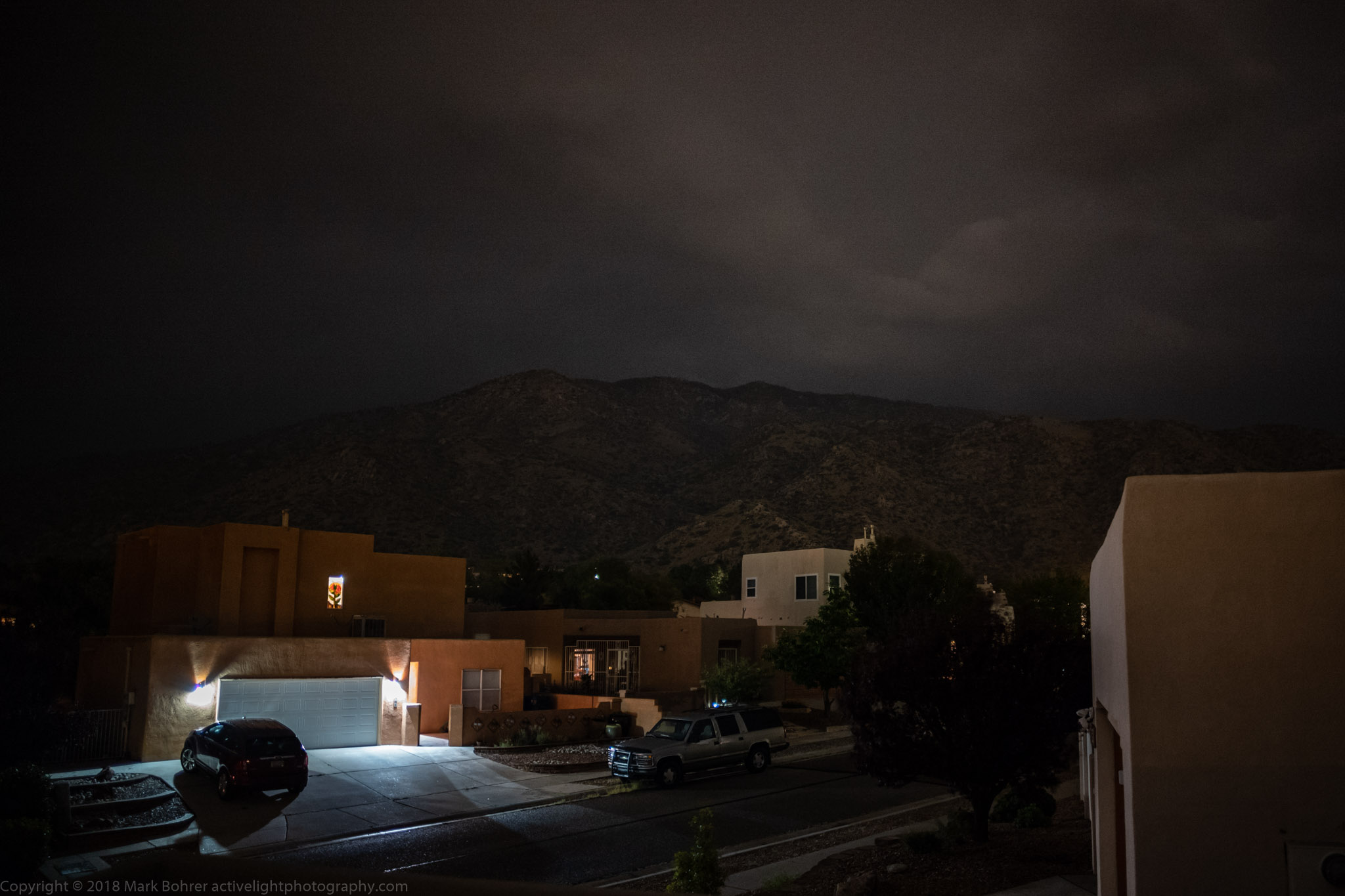
Without lightning backlight…
Lightning Backlight
Backlit lightning shots require less precise aiming of the camera to capture their effect. You’ll see these lighting up your sky, and their duration can be relatively long – up to a couple seconds. The trick is to have your finger on the shutter button, and know approximately where the backlighting will happen from prior strikes. When you first see lit-up clouds, fire! For both types, heavy storms with lots of strikes are best, especially if you’re impatient like me.
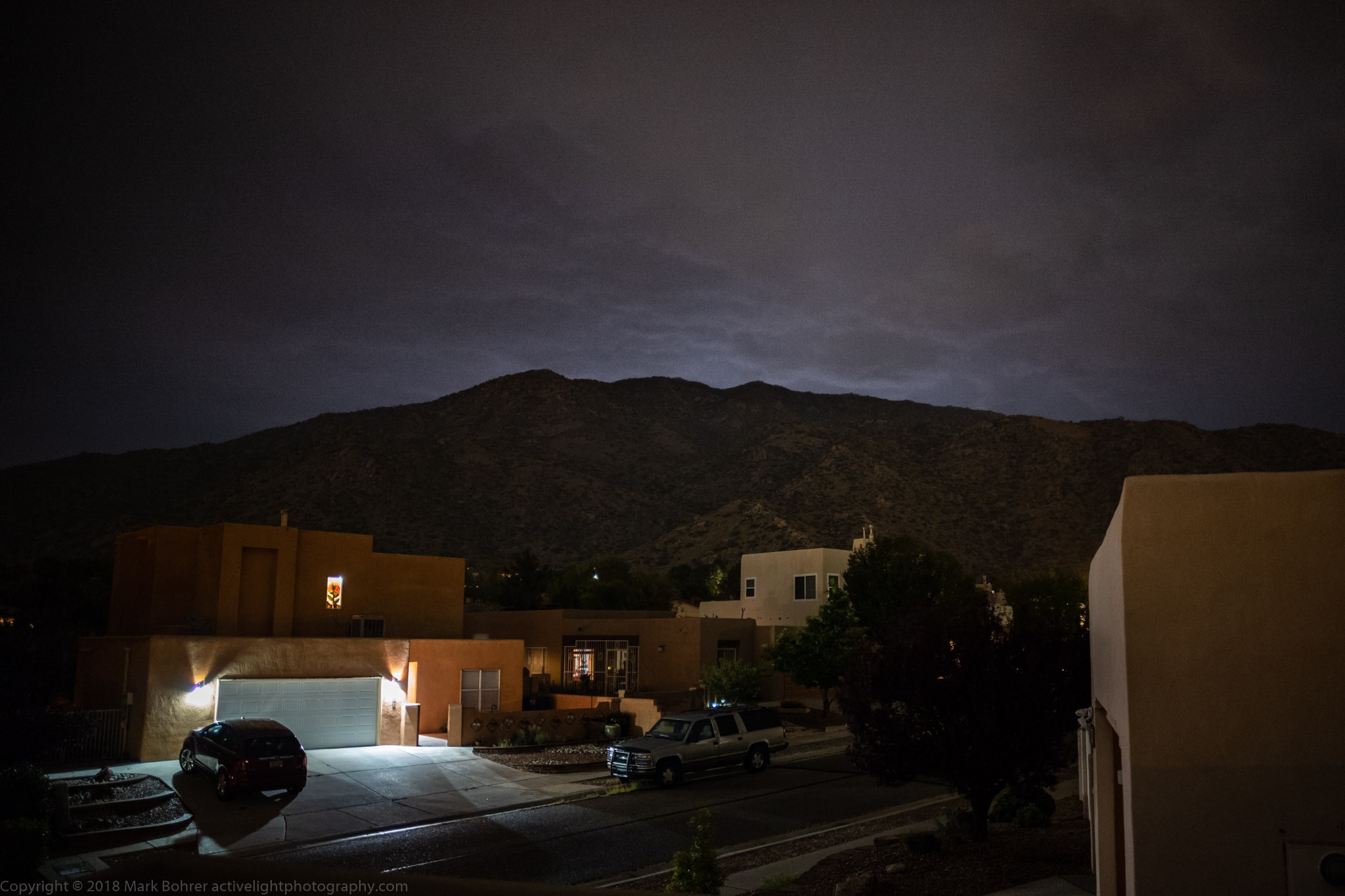
With lightning backlight
The next time someone tells you there’ll be another stormy sunset tomorrow night, remember that each one is unique – and a potentially great subject.
Shot Notes
I had a several-evening run of storms to choose from. After trying several focal lengths, the 24mm f/1.4 Summilux-M ASPH gave me the most pleasing coverage and shot design. I stopped down to f/5.6 and F/8 at ISO 1600, so I could have used any good 24mm lens. I shot with the camera on the Really Right Stuff Pocket ‘Pod and ballhead, holding it on a balcony wall at waist heigbt. This was good for 1/3 second to 8 second exposure times. I could have used a cable release, but found I didn’t need it.
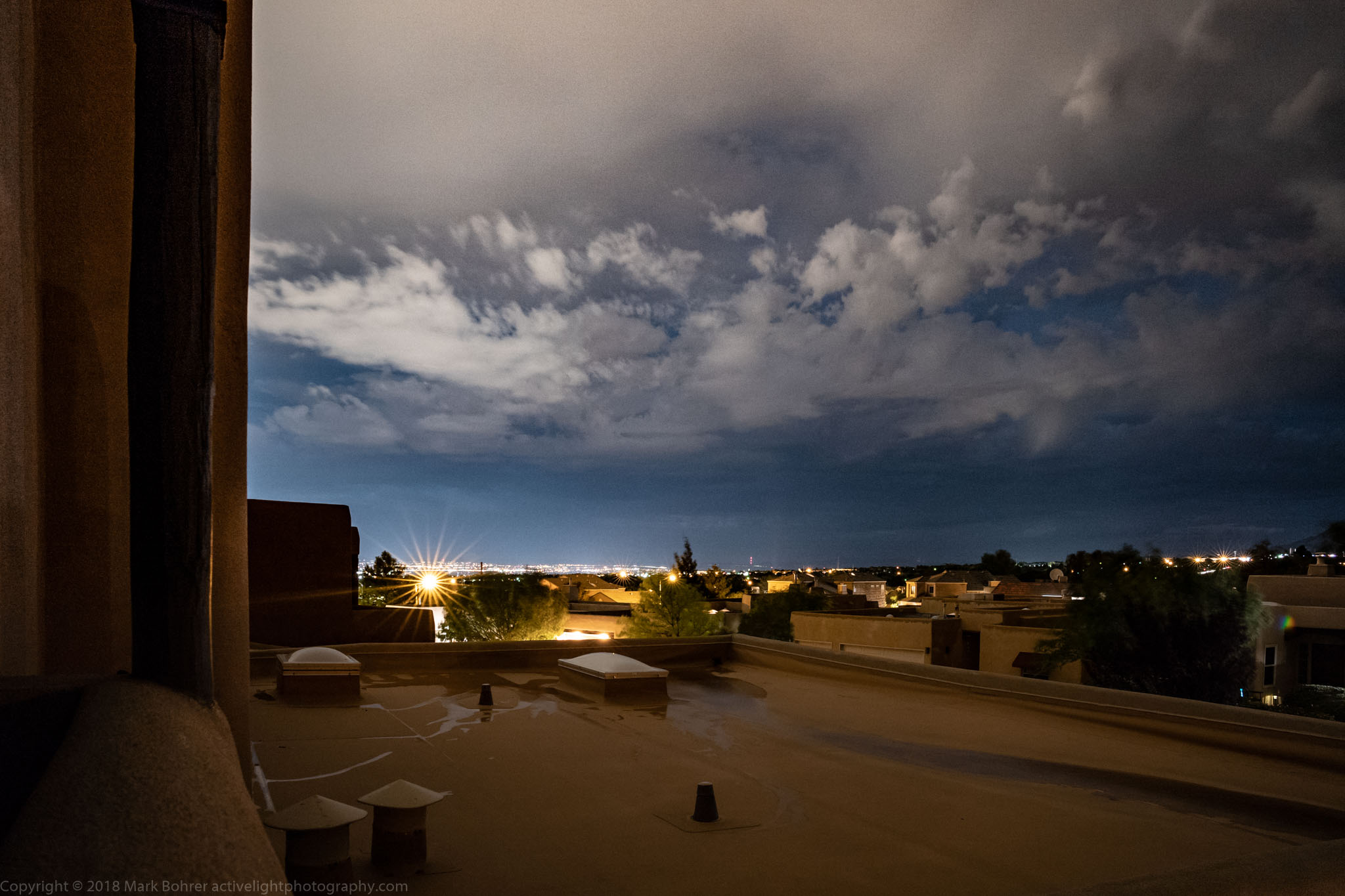
During the storm, Kachina Hills, Albuquerque
I used live view on a Leica M10 to frame each shot reasonably well, but could have used any recent dSLR or mirrorless camera. However, I lined things up mostly by the bright lights in the shot, knowing what the lens coverage would be. The rest of the frame appeared dark on the screen and EVF.
For the timelapse sequence, I used a Canon EOS 5D mk IV. The lens was Sigma’s 14mm f/1.8 DG HSM Art, manually focused for infinity depth of field at f/6.3. As I left the strap on the camera and it was windy, the individual files appear a bit unsharp. A neck strap can catch the wind, shaking a tripod-mounted camera a little. I may also have slightly missed manual focus, always a challenge with today’s AF dSLR cameras. No camera manufacturer provides microprism split focusing aids with SLR cameras as they used to in the days BAF (before AF). For a 1080p video, slight unsharpness is relatively unnoticeable, but it’s not something I like.
More Information
Chylinski, R. (2018) Timelapse Photography: A Complete Introduction to Shooting Processing and Rendering Time lapse Movies. Cedar Wings Creative.
CLIMAS – Climate Assessment for the Southwest (n.d.) Southwestern Monsoon. Retrieved from https://www.climas.arizona.edu/sw-climate/monsoon
MIOPS (n.d.) MIOPS Smart. Retrieved from https://www.miops.com/miops-smart/
National Park Service (n.d.) Rocky Mountain [National Park] Weather and Climate. Retrieved from https://tinyurl.com/yc8u8f46
RRS Really Right Stuff (n.d.) Pocket ‘Pod Packages. Retrieved from http://www.reallyrightstuff.com/Pocket-Pod-Packages
Tether Tools (n.d.) Case Relay Camera Power System. Retrieved from https://www.tethertools.com/case-relay-camera-power-system/
Wegner, G. (n.d.) LRTimelapse 5. Retrieved from https://lrtimelapse.com/
Wegner, G. (2016) Time-Lapse Shooting and Processing. Retrieved from https://lrtimelapse.com/shop/ebook/
If you read this far, thanks – I hope it was useful. Some of you may have noticed the post title references an old song from 1978, the last year I played keyboards and sang for Horizon Brass Rock. I was still an MSEE grad student at U of I in Champaign-Urbana IL at the time. Here’s a link to that song – Every 1’s a Winner.
|








Recent Comments